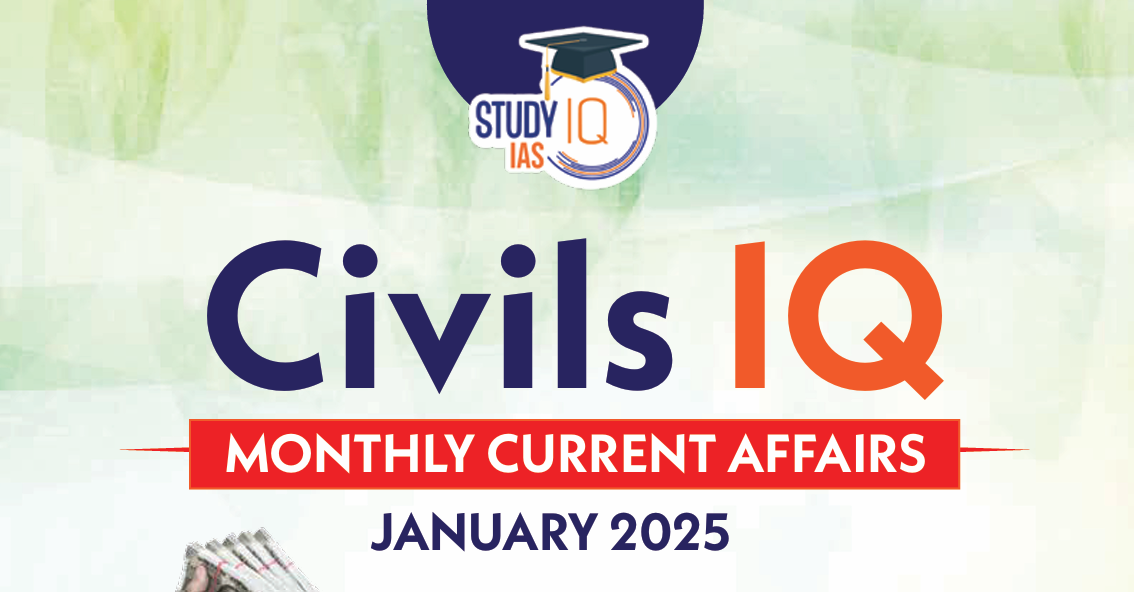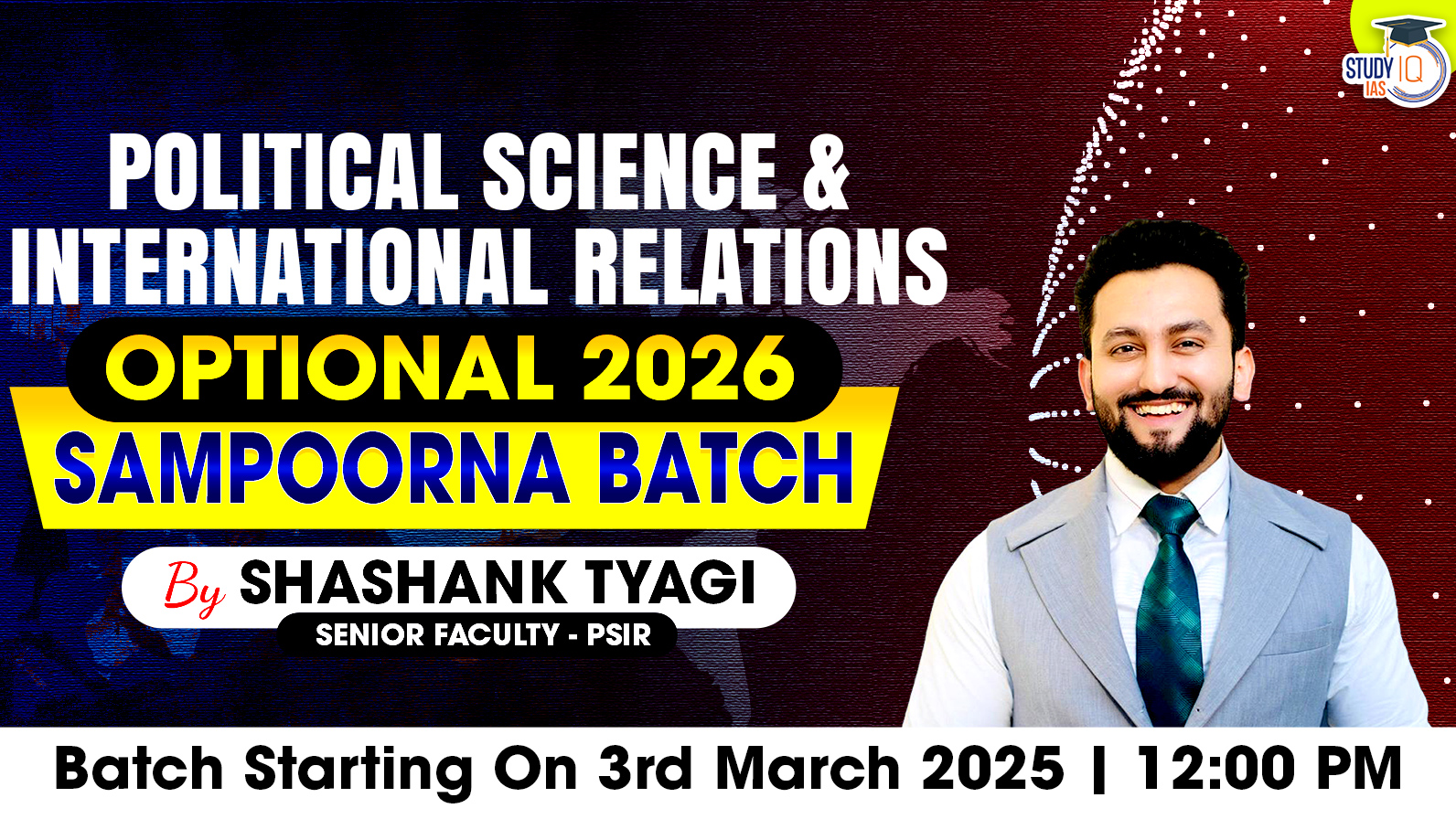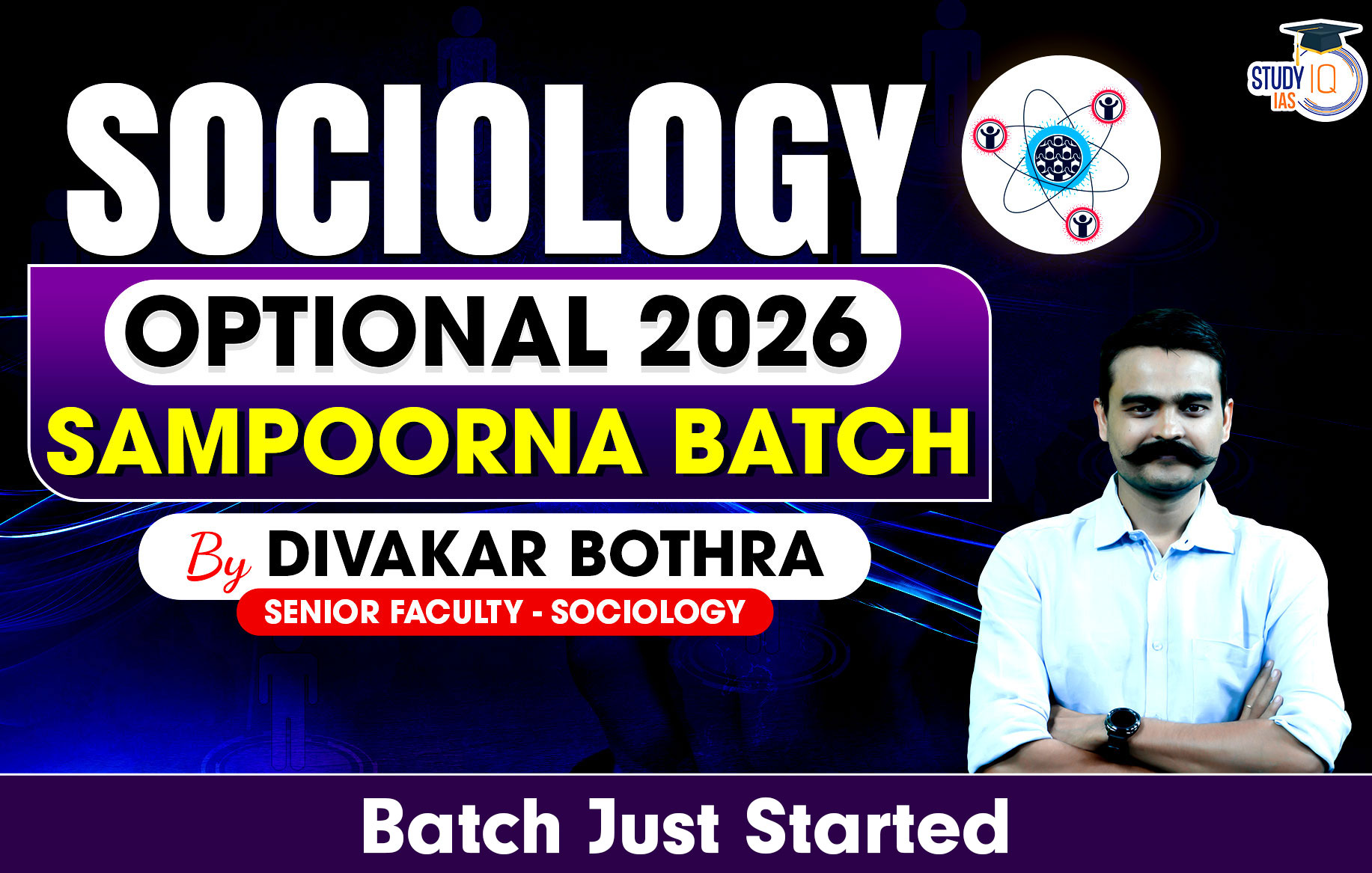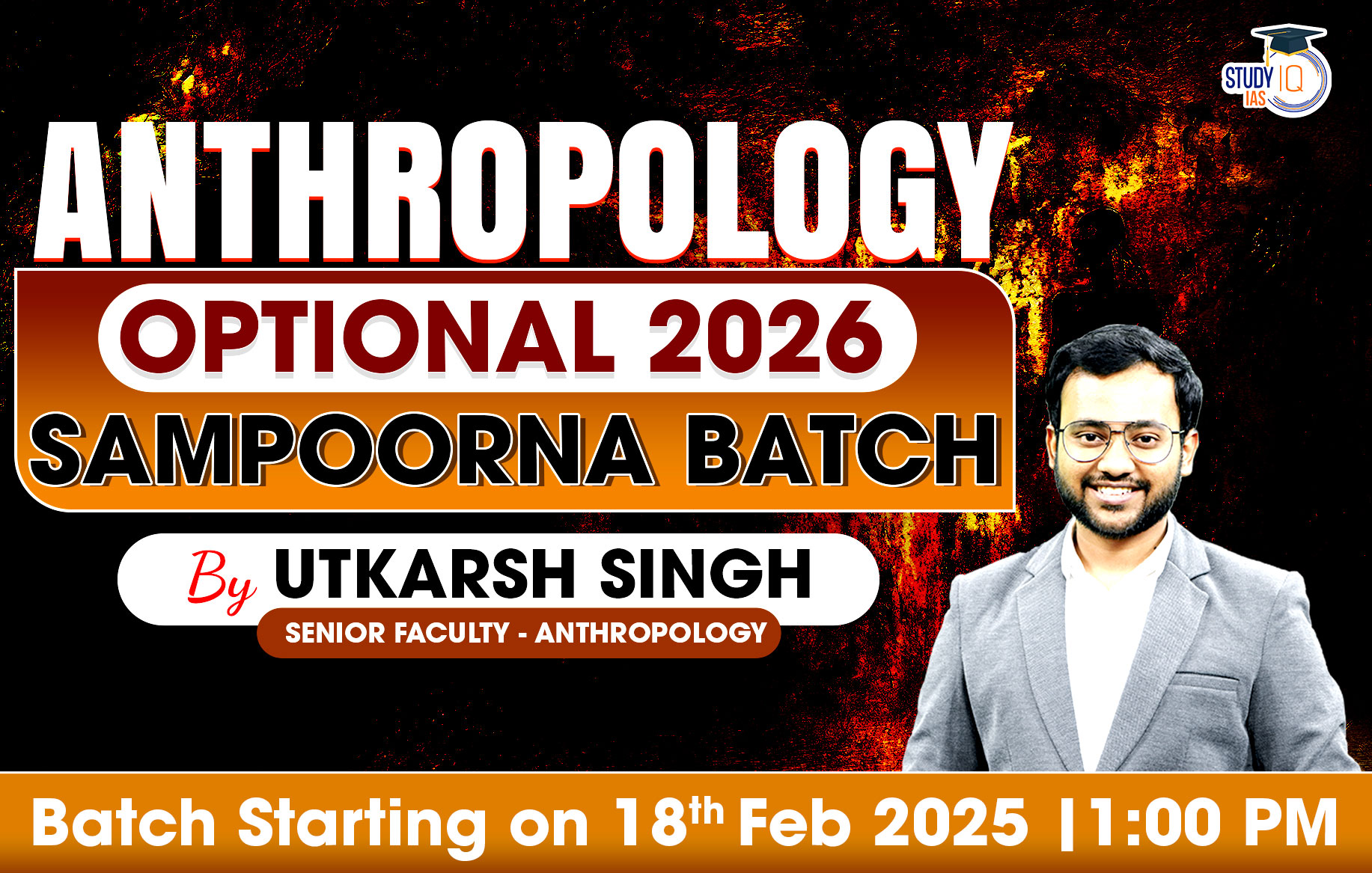Daily Current Affairs for UPSC 2022
Q) Consider the following statements regarding Global TB Report 2022
- The 2022 report on TB provides data on trends of disease and the response to the epidemic released by WHO for its member states only.
- India (24%), Indonesia (13%), the Philippines (10%), Pakistan (6.6%) and Nigeria (6.3%) were the top five contributors.
- There is an increase in global spending on essential TB services from US$6 billion in 2019 to US$5.4 billion in 2021.
Which of these statements are correct?
- 1 only
- 2 and 3 only
- 2 only
- 1 and 3 only
Daily Current Affairs for UPSC – 28 October 2022
Explanation:
Highlights of the report
The 2022 report on TB provides data on trends of disease and the response to the epidemic from 215 countries and areas, including all 194 WHO member states. (Statement 1 is not correct)
- New diagnosis: The number of new cases diagnosed in 2021 increased to 6.4 million from 5.8 million in 2020. This was well below pre-pandemic levels.
- Gap between estimated diagnosis and reported diagnosis: Ten countries collectively accounted for 75% of the global gap between estimated TB incidence and the reported number diagnosed with the disease.
- India (24%), Indonesia (13%), the Philippines (10%), Pakistan (6.6%) and Nigeria (6.3%) were the top five contributors. (Statement 2 is correct)
- This was due to a combination of underreporting of people diagnosed with TB and under-diagnosis.
- TB-related deaths: The estimated number of deaths from TB increased between 2019 and 2021. In 2021, there were an estimated 1.4 million deaths among HIV-negative people and 187 000 deaths among HIV-positive people.
- TB and development: There is a strong relationship between TB incidence rates per capita and indicators of development such as average income and undernourishment.
- Economic and financial barriers have effects on access to health care for TB diagnosis and completion of TB treatment.
- Funding: There is a decline in global spending on essential TB services from US$6 billion in 2019 to US$5.4 billion in 2021. (Statement 3 is not correct)
Q) Consider these initiatives of the Indian Government to tackle TB
- Nikshay Mitra initiative: The scheme involves cash transfers of Rs 500 every month.
- Nikshay Poshan Yojana: The Ni-Kshay Mitra initiative provides community support to TB patients.
Which of these statements are correct?
- 1 only
- 2 only
- Both 1 and 2
- Neither 1 nor 2
Explanation:
India’s Initiatives to Tackle TB:
Pradhan Mantri TB Mukt Bharat Abhiyan:
- It was launched in September 2022 to provide additional nutritional support to people on TB treatment, through contributions from community including individuals and organisations.
Nikshay Mitra initiative:
- The Ni-Kshay Mitra initiative provides community support to TB patients by promoting citizens to adopt one or more patients. (Statement 1 is not correct)
- This will primarily meet their nutritional requirements that will help them recover smoothly.
Nikshay Poshan Yojana:
- The scheme involves cash transfers of Rs 500 every month to TB patients through a Direct Benefit Transfer programme. (Statement 2 is not correct)
- People from all financial background can benefit from the scheme, which is available for the duration of treatment.
Q) Recently in news, Butane, propane, and isobutane are constituents of which of the following?
- Pesticides
- Herbicides
- Fertilizers
- Personal Care Products
Explanation:
Why is Benzene used in Dry Shampoos?
- Spray-on personal-care products like dry shampoos often contain propellants like propane and butane, which are petroleum distillates made by refining crude oil.
- In a typical aerosol, the propellant is a gas under pressure above the content.
- The gas pushes down on the liquid, forcing it out of the valve when it is opened. The liquid is a mix of product and liquified gas.
- Some of the most common propellants in deodorant body spray are hydrocarbons, eg. Butane, isobutane, propane.
- Benzene is not intentionally added but appears as a contaminant while adding the other hydrocarbons.
- Benzene: colorless or light yellow liquid at room temperature. It has a sweet odor and is highly flammable.

- Some industries use benzene to make other chemicals that are used to make plastics, resins, and nylon and synthetic fibers.
- Benzene is also used to make some types of lubricants, rubbers, dyes, detergents,
Q) Recently in news, the Emissions Gap Report 2022 is released by which of the following bodies?
- UN Development Programme
- UN Environment Programme
- World Economic Forum
- UN Framework Convention on Climate Change
Explanation:
Context: The United Nations Environment Programme (UNEP) has brought out a report titled, ‘Emissions Gap Report 2022: The Closing Window — Climate Crisis Calls For Rapid Transformation of Societies’.
Highlights of the Report
- Failure to achieve goals: The report says that the world is falling short of the goals set in the Paris Climate Agreement, and that no measure is currently in place to restrict global warming to under 1.5 degrees Celsius above pre-industrial levels.
- To limit global warming to 1.5°C, global annual GHG emissions must be reduced by 45 per cent compared with emissions projections under existing policies.
- Increase in emissions: Emissions in India and six other top emitters have rebounded and increased after the pandemic.
- China, the EU27, India, Indonesia, Brazil, the Russian Federation and the United States of America plus international transport were responsible for 55 per cent of global GHG (greenhouse gas) emissions in 2020.
- Per capita emissions: The global average per capita GHG emissions was 6.3 tonnes of CO2 equivalent (tCO2e) in 2020.
- The US (14 tCO2e), Russia (13 tCO2e), China (9.7 tCO2e), Brazil and Indonesia (7.5 tCO2e) and the European Union (7.2 tCO2e) have largest per capita carbon emissions.
- India remains far below the world average at 2.4 tCO2e.

- Status of countries: The G20 countries have just started to work on meeting their new targets and are expected to fall short of their promises for 2030.
- The existing policies suggest a 2.8°C hike. To meet the Paris Agreement goal, the world needs to reduce greenhouse gases by unprecedented levels in the next eight years.
- Barriers in achieving climate goals: A major barrier is the lack of finance which needs a 10-fold increase immediately.
- There is a need for alternative technologies in heavy industry. This will reverse the rise in carbon intensity of global steel production.
- For India to achieve its own climate goals, it will have to double down on non-fossil power, including renewable energy.
Q) Consider the following statements regarding India’s pledges under NDCs
- India has pledged to reduce the emissions intensity of the GDP by 35% by 2030, compared to the 2005 level.
- India has planned to achieve about 50% of cumulative electric power installed capacity from non-fossil fuel-based energy resources by 2030.
Which of these statements are correct?
- 2 only
- Both 1 and 2
- 1 only
- Neither 1 nor 2
Explanation:
India’s Pledges under NDCs:
- Emission intensity: Emissions intensity is defined as the total amount of emissions emitted for every unit of GDP.
- India has pledged to reduce the emissions intensity of the GDP by 45% by 2030, compared to the 2005 level. The goal to reduce emissions intensity and improve energy efficiency is not sector specific. (Statement 1 is not correct)
- India aims to work towards improving the emissions intensity of its GDP by 33-35% below the 2005 level by 2030.
- Current status: In 2020, India has claimed to have already achieved 21% of its emissions intensity as a proportion of its GDP in line with its commitment.
- Share of non-fossil based energy: India has planned to achieve about 50% of cumulative electric power installed capacity from non-fossil fuel-based energy resources by 2030. (Statement 2 is correct)
- India plans to use low-cost international finance, including the Green Climate Fund (GCF), to achieve this objective.
Q) Recently in news, the term Glyphosate relates to which of the following?
- Pesticide
- Fertilizers
- Herbicide
- Genetically Modified Crops
Explanation:
Context: The Union government has imposed restrictions on use of herbicide glyphosate, considering risk to human and animal health.
About Glyphosate:
- Composition: It is a non-selective organophosphorus compound, specifically a phosphonate. It works by inhibiting the plant enzyme 5-enolpyruvylshikimate-3-phosphate synthase.
- Applications: Glyphosate is used majorly in tea plantations in India where it is applied to control weeds.
- The chemical is also used on non-crop areas such as irrigation channels, railway sidings, fallow land, bunds, parks, industrial premises etc to control unwanted growth.
- Threat: Glyphosate is believed to be carcinogenic to humans.
- Glyphosate can also affect working of kidney and liver.
- Pregnant women and children may have higher risks, affecting their normal growth.
Q) Recently in news, Gurdwara Panja Sahib is located in which of the following cities?
- Nowshera
- Pindigheb
- Chakwal
- Hasan Abdal
Explanation:
About Saka Panja Sahib Event:
- The event occurred on October 30, 1922 when two Sikhs died and several others were injured at Hasan Abdal railway station after the railway authorities under British government refused to stop the train taking Sikh prisoners from Amritsar to Attock.
- The Sikhs from nearby Panja Sahib wanted to serve langar (community kitchen food) to the Sikh prisoners but were told that the train would not stop at the Hasan Abdal railway station.
- In protest, the Sikhs gathered on the railway tracks. Even as the train approached, the Sikhs continued to stay put, demanding their right to serve langar to the Sikh prisoners.
Q) Consider the following statements United Kingdom
- United Kingdom shares land boundary with Ireland only.
- It is separated from continental Europe by English Channel.
Which of these statements are correct?
- 1 only
- 2 only
- Both 1 and 2
- Neither 1 nor 2
Explanation:
- From the map below it can be seen that UK has a land boundary with Ireland only.
- And the English channel separates UK from the continental Europe.
- So, both of the statements are correct.

Q) Consider the following statements regarding different defects of vision.
- Myopia is commonly known as far-sightedness and convex lens is used to treat it.
- In hypermetropia, the person can see the objects nearby but cannot see distant objects clearly.
- Presbyopia is the gradual loss of the eyes’ ability to focus on nearby objects.
Which of these statements are correct?
- 3 only
- 1 and 2 only
- All of the above
- 1 and 3 only
Explanation:
What are the Different Defects of Vision?
- Myopia or Near-Sightedness:
- In this condition, the person can see the objects nearby but cannot see distant objects clearly. (Statement 1 is not correct)
- Faraway objects appear blurry, and a person will not be comfortable seeing them.
- Myopia occurs when the shape of the eyes causes light rays to bend in the wrong direction, focusing images in front of the retina rather than on it.
- Myopic eye defect can be corrected by using concave lens.
- Hypermetropia or Far-Sightedness:
- Hypermetropia is commonly known as far-sightedness and convex lens is used to treat it. (Statement 2 is not correct)
- In this condition, the person can see objects at a distance but cannot see nearby objects clearly.
- Usually, the person with this disorder squints to see nearby objects.
- Hypermetropia is caused when the light rays from a closeby object are focused on a point behind the retina.
- Presbyopia:
- Presbyopia is the gradual loss of the eyes’ ability to focus on nearby objects. (Statement 3 is correct)
- The symptoms of presbyopia usually begin around the age of 40 and worsen until around 65.
- To correct this defect, a person is prescribed bifocal lens that has both types of lenses – convex and concave.


 Coalition for Environmentally Sustainabl...
Coalition for Environmentally Sustainabl...
 Key Directives to OTT Platforms Against ...
Key Directives to OTT Platforms Against ...
 Building Resilient Telecom Infrastructur...
Building Resilient Telecom Infrastructur...





















